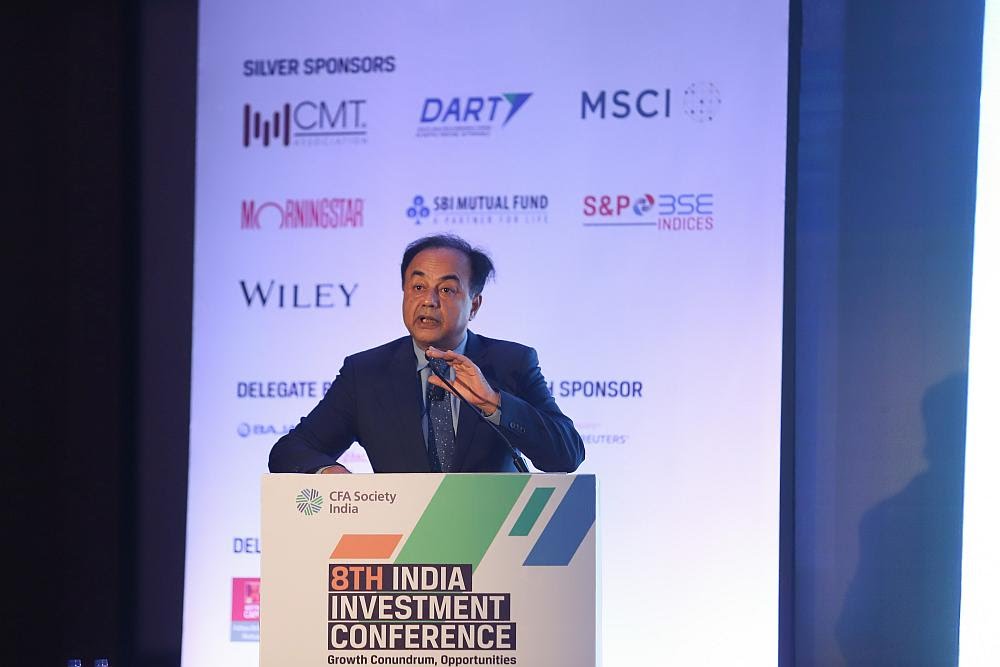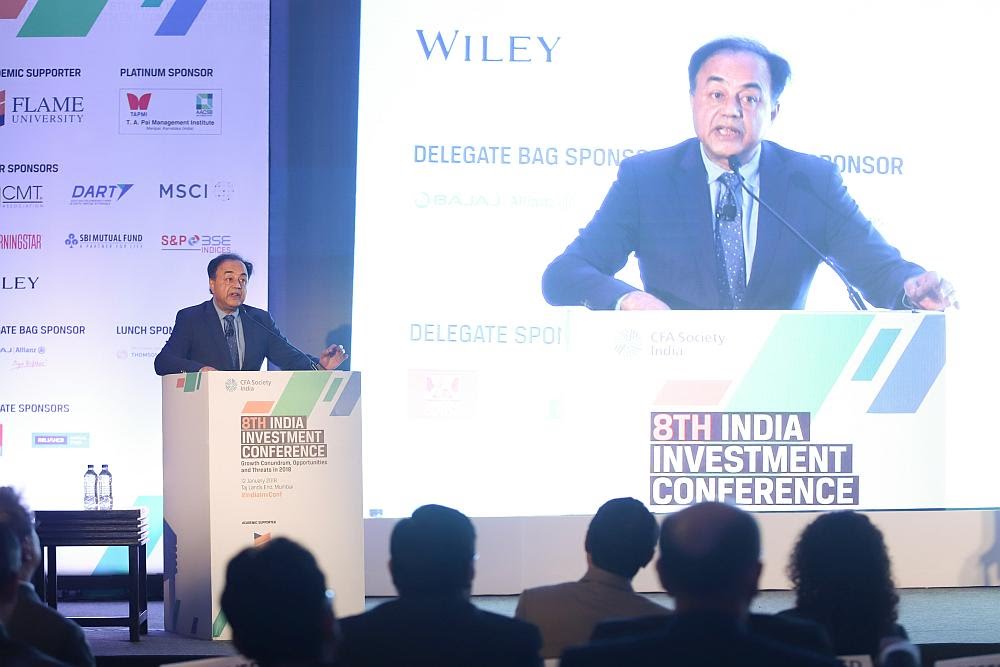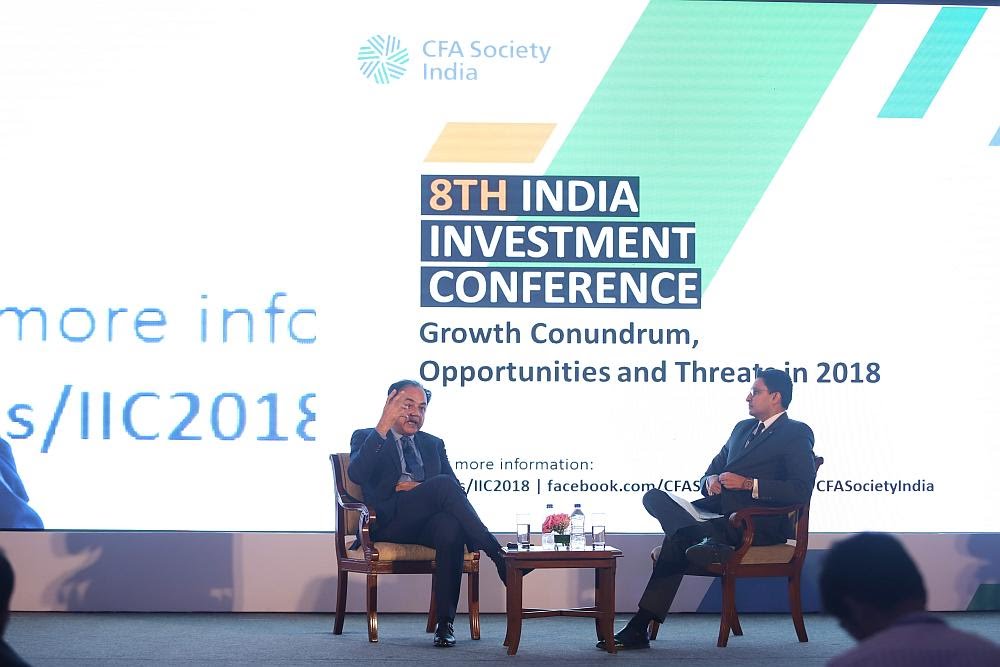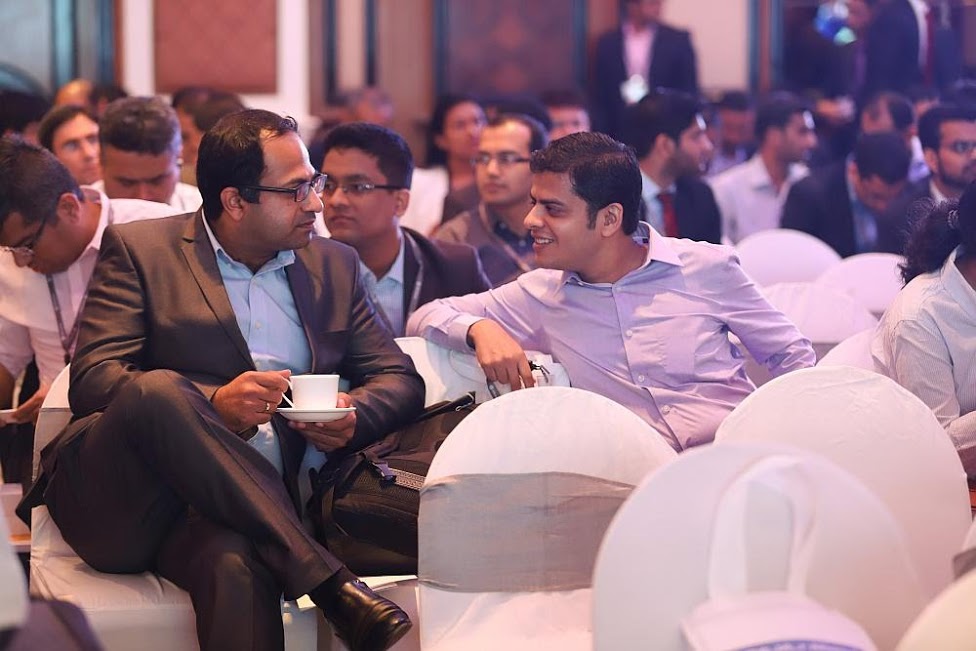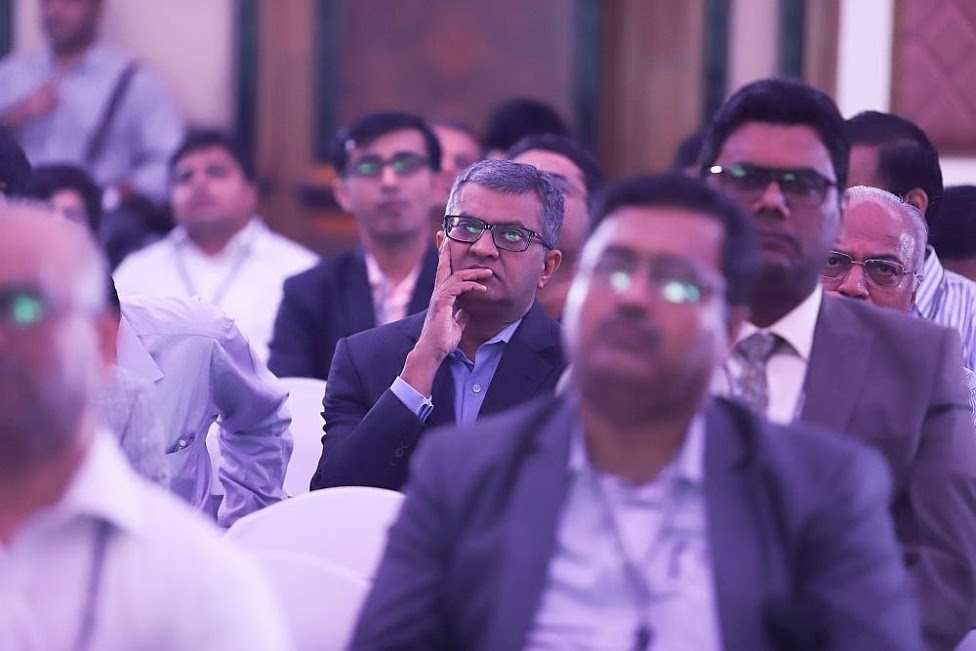- January 16, 2018
- Posted by:
- Category:BLOG, Events, India Investment Conference, Mumbai
 Speaker: Anil Gaba, Professor of Decision Sciences and the Orpar Chaired Professor of Risk Management Academic Director, Centre for Decision Making and Risk Analysis, INSEAD
Speaker: Anil Gaba, Professor of Decision Sciences and the Orpar Chaired Professor of Risk Management Academic Director, Centre for Decision Making and Risk Analysis, INSEAD
Moderator: Anil Ghelani, CFA, Director, IAIP
Contributed by: Chetan Shah, CFA, Secretary, IAIP
One of the vocal critiques of the practices in investment banking and management industry across the world, Anil Gaba is also one of the most invited ones at such conferences. That’s because he speaks the facts as he sees them, as against the industry practices of showing self-fulfilling and self-serving best data fits and illusion of control. Spyros Makridakis a leading authority in data sciences has been carrying series of competition on prediction. To everyone’s surprise he found that complex models fit the past data very well, but when it came to predicting the future, the simple naïve models do far better than the sophisticated models.
Professor Gaba showed the results of the futility of some of the studies like those in medical sciences where there is a tendency to correlate any disease or weakness to various activities or non-activities. Ezekiel J. Emanuel an oncologist and White House advisor, said that the annual health checkup plans are totally useless as studies have shown that they did not reduce overall mortality or specific causes of death from cancer or heart diseases. The PSA tests for detection of Prostate Cancer were removed because of the futility of those tests. Another case in point is the activity of running. Though as a group runners gained three extra years of life compared to adults who never ran, the benefits were the same no matter how much or little people ran. Yet a trillion dollar industry thrives around treatments and supplements. Likewise the narrative of number of deaths on account of obesity kept reducing from 260,000 to 26,000 to even lower over a period of time.
There was one person called Klaus who believed in removing all kind of risk from life. He maintained a diary for most of his activities like how much time it take for him to reach his office desk from home taking the subway. Based on the data developed he grew confident of predicting the time it takes for him to reach office. Once he was planning a vacation with his family. So he started studying all the airlines including records like number of accidents, almost 9 months in advance. Finally he booked his flights and reached his destination. And based on his probability he reached safely. One afternoon after the lunch he lay down on the beach below the tree. Unfortunately a coconut fell on him and he died! This is what Prof. Gaba described as “Subway Uncertainty” and “Coconut Uncertainty” with the former representing the known risks and the latter the unknown risks.
All through the examples Prof Gaba conveyed one common message – Be mindful of Illusion of control as it distorts our ability to see, act or learn. We therefore become susceptible to cognitive biases and fall prey to Anchoring, Availability, Overconfidence and Loss Aversion. Likewise one should not become religious about traditional or behavioral finance but take the best wisdom from both the streams. One has to attempt to assess uncertainty, be prepared to face the same and build options around them. Doctors attending emergencies or traders in the midst of volatile markets both do not have the luxury to wait and take time to decide or act.
both do not have the luxury to wait and take time to decide or act.
- CGS

